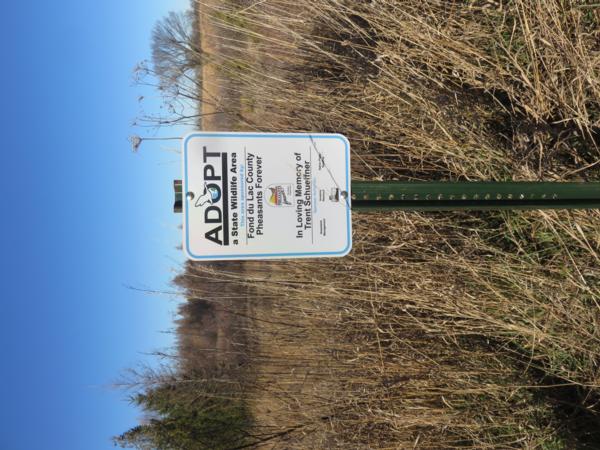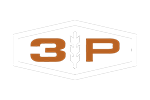Pheasants Forever Fond Du Lac - Habitat Page
Local Habitat Efforts
Pheasants Forever Fond Du Lac County Chapter's members are truly passionate about creating, preserving and restoring habitat that benefits pheasants, quail and other upland wildlife. This unique model empowers local chapters with the responsibility to determine how 100 percent of their locally-raised conservation funds will be spent.
Whether it's through improving habitat, informing the public about land management or educating future generations of hunting enthusiasts, conservation is the underlying principle in all we do at the grassroots level. The Fond du Lac County Pheasants Forever Pheasants Forever Chapter has partnered with the Wisconsin DNR in participating in the Adopt A Wildlife Area program at Mullet Creek State Wildlife Area. The Fond du Lac County PF chapter raised funds and participated in a habitat restoration and maintenance workday in late September. Chapter members, along with Schueffner family members, help clear an area in an effort to restore an upland habitat area. The Mullet Creek area has been dedicated to the memory of Trent Schueffner, a young man who lost his life in a hunting accident a few years ago. Trent's friends, family members, and local PF members put in over 50 hours of work, cutting, clearing and hauling brush to enhance the upland habitat. Additionally, several Fond du Lac county landowners have participated in the chapter seed program to develop good wildlife habitat, not only for pheasants, but all wildlife. This program will grow as we get more landowner participation.

Habitat Conservation
Food & Cover Plots
Help carry birds through the toughest winters
There are two critical factors for food plot design location next to heavy cover (i.e. shelterbelts and cattail sloughs) and size. If there is no winter cover available, food plots must be large enough (4-15 acres) to provide significant cover in addition to being a food source.
Food plots can be established almost anywhere, even on Conservation Reserve or Wetland Reserve Program land, or right next to a farm grove. Above all else, the key to a successful food plot is its location next to heavy winter cover that is frequented by pheasants and other upland wildlife.
Designing a food plot
In open country, up to 50 rows of standing crop can be filled in a single blizzard. Large (3-10 acre) square or block-type food plots are preferable to smaller, linear food plots. Whenever possible, large food plots should be located directly adjacent to woody and herbaceous winter cover on the windward side (generally the northwest). If this is not possible, effective food plots can be established nearby if they are linked via corridors of escape cover to traditional winter cover. Where winter cover is scarce, large 10-acre-plus blocks of corn may be planted to serve as both food and shelter for the birds. Bear in mind that these areas will be used by many species of wildlife and that some, such as deer and turkeys, consume a great deal of grain daily and can potentially exhaust food resources well before winter has ended.
If plots will be small, minimize drifting by establishing snow traps (leave 4-6 rows windward, then harvest 12-20 adjacent rows as a snow catch). This same approach can be used to make wetlands, and small patches of woody cover more effective wintering areas—place food plots on their windward side to catch snow before it enters the winter roosting cover. Link any nearby satellite food plots to the best winter cover with travel corridors of heavy vegetation.
WHAT TO PLANT?
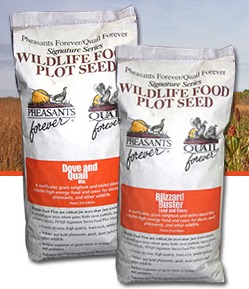 Plan your food plots carefully, taking the worst-case scenario into account. Don't bother to create a project that is going to be buried by the first winter blizzard.
Plan your food plots carefully, taking the worst-case scenario into account. Don't bother to create a project that is going to be buried by the first winter blizzard.
- Corn and grain sorghum are among the most reliable food sources. Planted separately or in combinations, they retain grain on stalks, stand well in winter weather and provide very high-energy food. Large blocks of corn, and combinations of forage sorghum and grain sorghum can also provide excellent cover. See Pheasants Forever's Signature Series Seed Mixes.
- Wheat, soybeans, millets, rye, and buckwheat are good food sources, but are often buried by snow, forcing birds into the open to utilize them.
ESTABLISHING YOUR PLOT
Whether by standard tractor and corn planter, grain drill, or via broadcast seeder mounted on an ATV or pickup truck, there is a way to get a food plot in the ground where it will do the most good for wildlife. If you are without planting equipment, it may be available to rent from local conservation offices. Some agencies and some chapters of Pheasants Forever provide planting services at nominal rates, and there are often local custom operators willing to plant these areas.
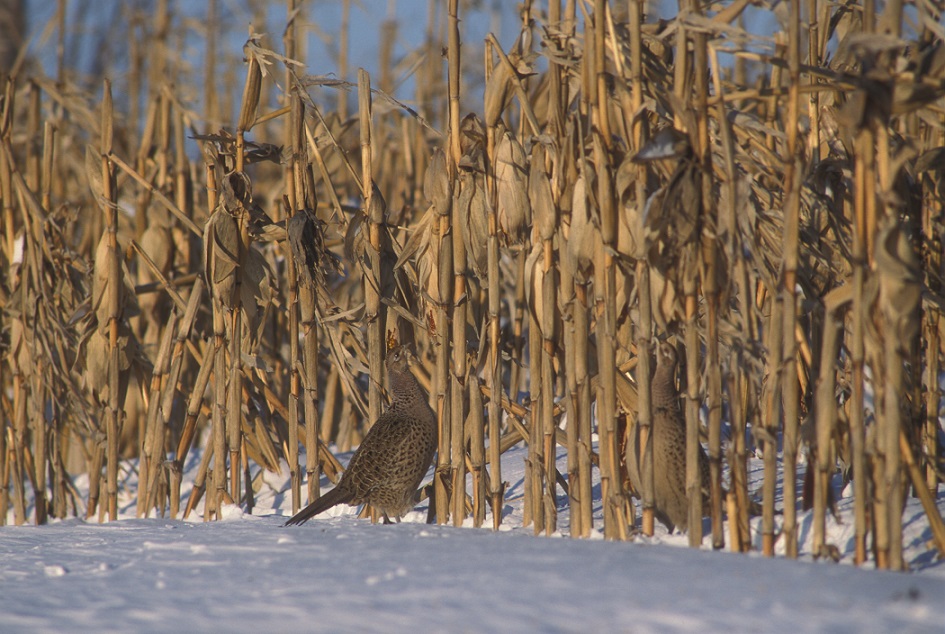
CHECK LOCAL SOURCES FOR ASSISTANCE
It often works well to dovetail with farm programs like the Conservation Reserve and Wetland Reserve, which have acreage eligible for food plots. Food plots on these acres make valuable use of land that is already wildlife habitat. Acreage allowances and crop restrictions vary by state, so contact your local Pheasants Forever farm bill biologist or local USDA Service Center for local guidelines. State wildlife agencies may also provide food plot assistance to landowners.
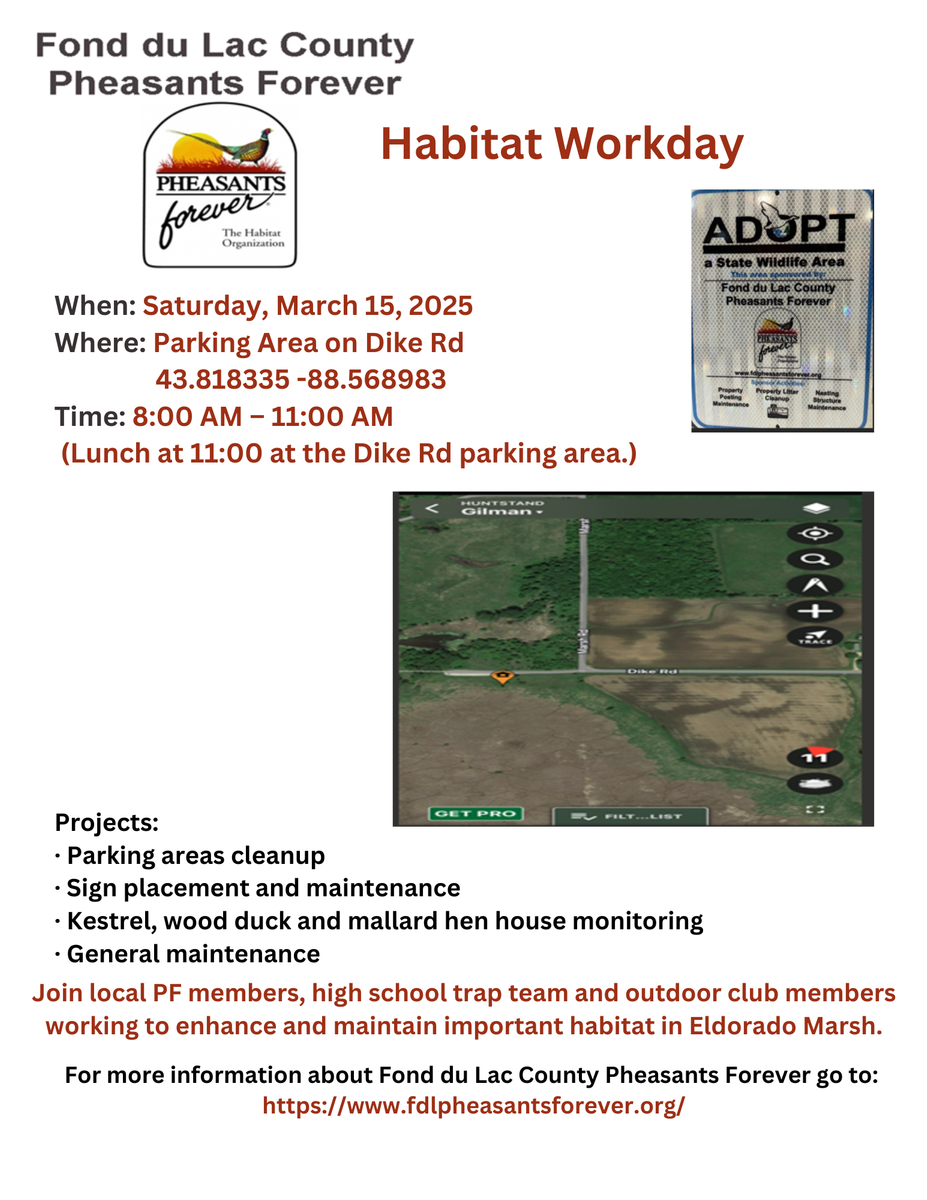
Habitat Workday
Fond du Lac County Pheasants Forever Chapter 582 (Saturday, March 15th) recently hosted a habitat workday at Eldorado Marsh as part of the chapter’s participation in the Wisconsin DNR’s Adopt A Wildlife Area program. Chapter members, local high school trapshooting team and outdoor club members, and other volunteers spent the morning working on habitat maintenance at various locations in Eldorado Marsh. Wood duck, kestrel and mallard hen houses recieved attention throughout the marsh. Local PF members, high school trap team and outdoor club members help in the construction and placement of the houses. Additionally, signs were placed throughout the marsh, as well as the general cleaning of parking areas. The morning concluded with lunch at the Dike Road parking area. More habitat projects are being planned.
The Fond du Lac chapter of Pheasants Forever is committed to Pheasants Forever’s core mission of conserving pheasants, quail, and other wildlife through habitat improvements, public access, education, and conservation advocacy.

Habitat
2024 Adopt a Wildlife Are
Fond du Lac County Pheasants Forever Chapter 582 recently (Saturday, April 27th) hosted a habitat workday at Eldorado Marsh as part of the chapter’s participation in the Wisconsin DNR’s Adopt A Wildlife Area program. Chapter members, local high school trapshooting team and outdoor club members, and other volunteers spent the morning working on habitat maintenance at various locations in Eldorado Marsh. Wood duck, kestrel and mallard hen houses were placed throughout the marsh. Students from Fond du Lac, Laconia, Lomira, and Winnebago Lutheran high schools helped in the construction and placement of the houses. Additionally, signs were placed throughout the marsh, as well as general cleaning of parking areas. The morning concluded with lunch at the Dike Road parking area. More habitat projects are being planned.
The Fond du Lac chapter of Pheasants Forever is committed to Pheasants Forever’s core mission of conserving pheasants, quail, and other wildlife through habitat improvements, public access, education, and conservation advocacy.
Special thanks to:
Anevay Muchko, Pheasants Forever Farm Bill Biologist (Southeast region)
Trap team members, coaches, and parents from Fond du Lac High School, Laconia High School, Winnebago Lutheran High School
Outdoor Club members from Lomira High School
Wisconsin Building Supply (Materials for houses.)
FDL PF chapter members
Community volunteers
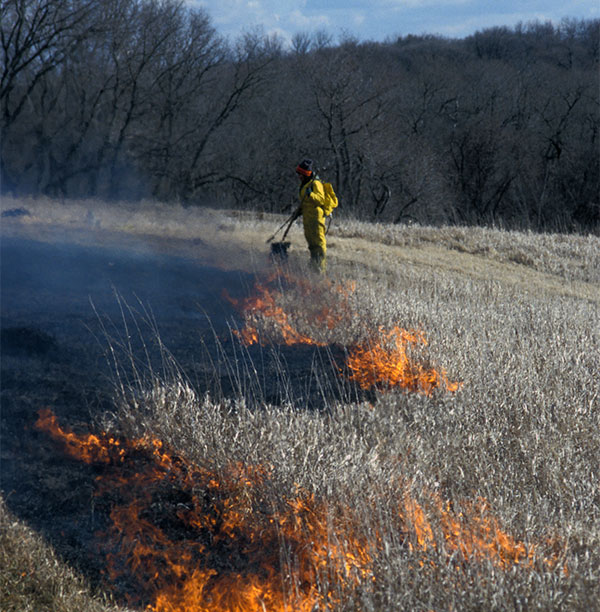
Preserving Our Natural Resources
Creating, restoring, and maintaining habitat is a constant battle. We invite you to join the Pheasants Forever Fond Du Lac County Chapter of Pheasants Forever in its quest to ensure a country rich in natural resources and long on people willing to work to preserve them. After all, natural resources - pheasants, quail, and other wildlife, plus the land, air, and water on which they live - are our greatest resources.

